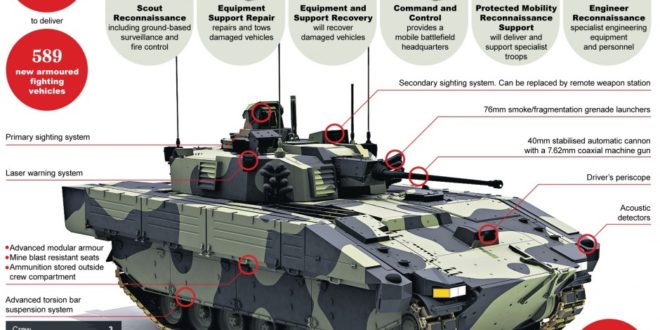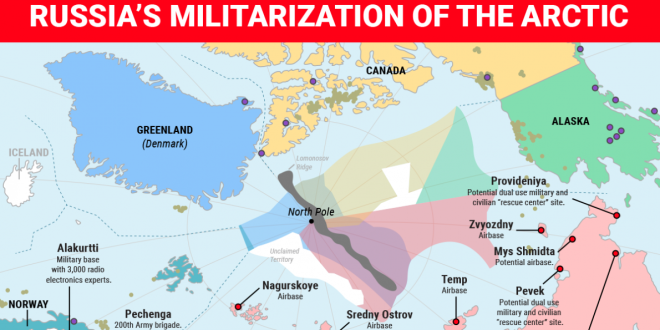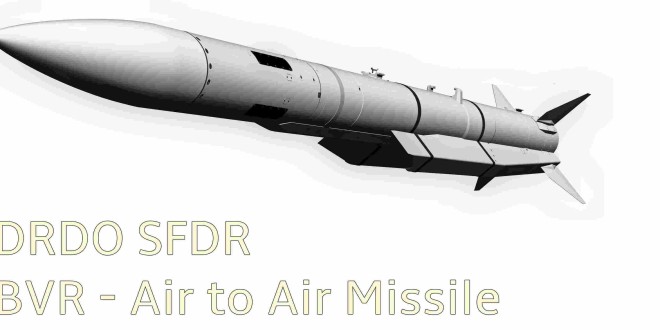July 23, 2021
Air Force & Aviation, Geopolitics, Strategy & Technological Rivalries, Thermal, Propulsion & Energy
The civil global aviation market has experienced considerable economic growth in recent years and will keep increasing. It is estimated that around 1300 new international airports will be required, and the commercial aircraft fleet will double by 2050, with a projected passenger throughput of 7.2 billion in 2035. This growth …
Read More »
July 22, 2021
Geopolitics, Strategy & Technological Rivalries, Industry & Market Dynamics, Strategy, Policy & Governance
India climbed four spots on the Global Innovation Index 2020 and is now at 48th position in the list of top 50 innovative countries in the World Intellectual Property Organization (WIPO) annual ranking. India has been gradually improving it’s Global Innovation Index (GII), in 2016, India climbed 15 spots, from 81 …
Read More »
July 21, 2021
Army & Land, Geopolitics, Strategy & Technological Rivalries
Ajax is the British Army’s new multi-role, fully-digitised armoured fighting vehicle delivering a step-change in versatility and agility. The AJAX platform will be the ‘eyes and ears’ of the British Army on the battlefields of the future. Ajax promises dramatically greater firepower, manoeuvrability and survivability than its predecessor — CVR …
Read More »
July 21, 2021
Geopolitics, Strategy & Technological Rivalries, Industry & Market Dynamics
The Global Competitiveness Index is released by the World Economic Forum(WEF). It was launched in 1979. It ranks the competitiveness landscape of 141 economies through 103 indicators organised into 12 pillars. These 12 pillars are (1) Institutions (2) Infrastructure (3) ICT adoption (4) Macroeconomic stability (5) Health (6) Skills (7) …
Read More »
July 6, 2021
Army & Land, Geopolitics, Strategy & Technological Rivalries, Unmanned & Autonomous Systems
Tank has been a mainstay of modern militaries, providing a unique capability of high lethality, protection and mobility. It’s heavy gun, can fire high explosive shells to destroy adversary’s tanks , it is heavily armored itself protecting crew from enemy fire and and it can move off roads since it …
Read More »
June 25, 2021
Defense & Military, Geopolitics, Strategy & Technological Rivalries, Global Risks & Future Threats
The Arctic is currently a staggering 36 degrees warmer than normal at this time of year, according to information from the Danish Meteorological Institute. NASA report also shows that a vast region in the Arctic Ocean has gone missing and people from NASA think that the polar ice caps are …
Read More »
June 13, 2021
Geopolitics, Strategy & Technological Rivalries, Space Technology, Defense & Exploration, Strategy, Policy & Governance
As the space domain has become more congested, the potential for intentional and unintentional threats to space system assets has increased. Space is also becoming another domain of conflict due to enhanced militarization and weaponization of space. There has been enhanced testing of Anti-satellite weapons (ASAT) and space weapons designed …
Read More »
June 10, 2021
Geopolitics, Strategy & Technological Rivalries, Thermal, Propulsion & Energy, Weapons & Munitions
Traditional missiles powered by rocket motors typically carry both fuel and oxidizer. An air-breathing ramjet missile can dispense with the separate oxidizer payload, reducing the size of a propulsion package. Thanks to ramjets, smaller missiles use that space for other things, like a bigger warhead or more fuel. Ramjets, according to …
Read More »
June 7, 2021
Geopolitics, Strategy & Technological Rivalries, Industry & Market Dynamics
New data from SIPRI’s Arms Industry Database shows that arms sales by the world’s 25 largest arms-producing and military services companies (arms companies) totalled US$361 billion in 2019. This represents an 8.5 per cent increase in real terms over the arms sales of the top 25 arms companies in 2018. Among …
Read More »
June 1, 2021
Geopolitics, Strategy & Technological Rivalries, Industry & Market Dynamics
Silicon Valley is the world’s top tech hub today. With a $128,308 per capita in the annual gross domestic product (GDP-PPP), if Silicon Valley were a country, it would be the second wealthiest in the world behind Qatar. Silicon Valley is home to major tech companies such as Google, Apple, …
Read More »

 International Defense Security & Technology Your trusted Source for News, Research and Analysis
International Defense Security & Technology Your trusted Source for News, Research and Analysis







